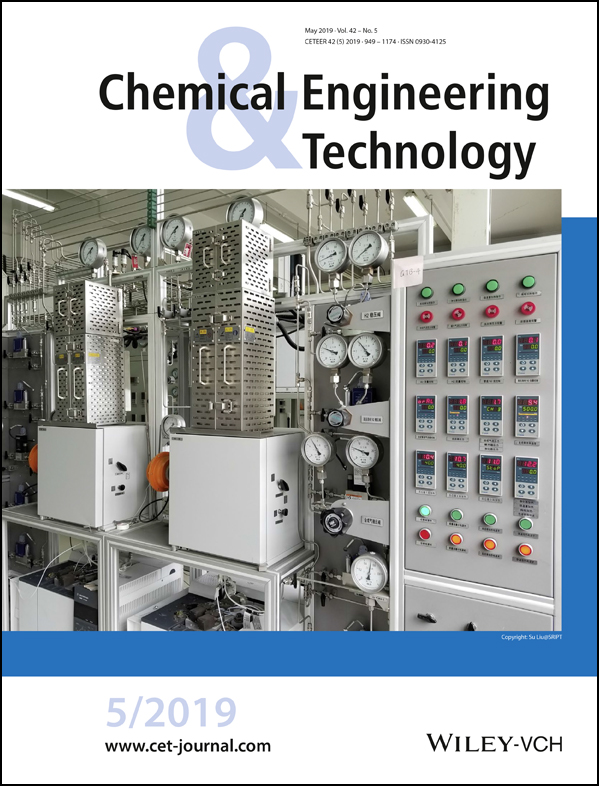Pervaporation-Assisted Esterification of Caproic Acid with Isobutanol in Conventional, In Situ, and Ex Situ Reactors
Abstract
The factors that affect the pervaporation-assisted esterification of caproic acid and isobutanol have been investigated in a batch reactor and compared with two different pervaporation reactors, in situ and ex situ reactors, with different configurations. The operating process parameters of the pervaporation modules can be adjusted to optimize the performance, which improves the conversion of reactants and reduces the operating costs. The performances of the reactors have been extensively studied and the membrane selectivity has been investigated in terms of the flux of individual reaction species. The mass transfer limitation of both pervaporation reactors was studied and suitably eliminated. In addition, the performance of the pervaporation reactors was investigated by evaluating the ratio of water removal rate to the water production rate.




